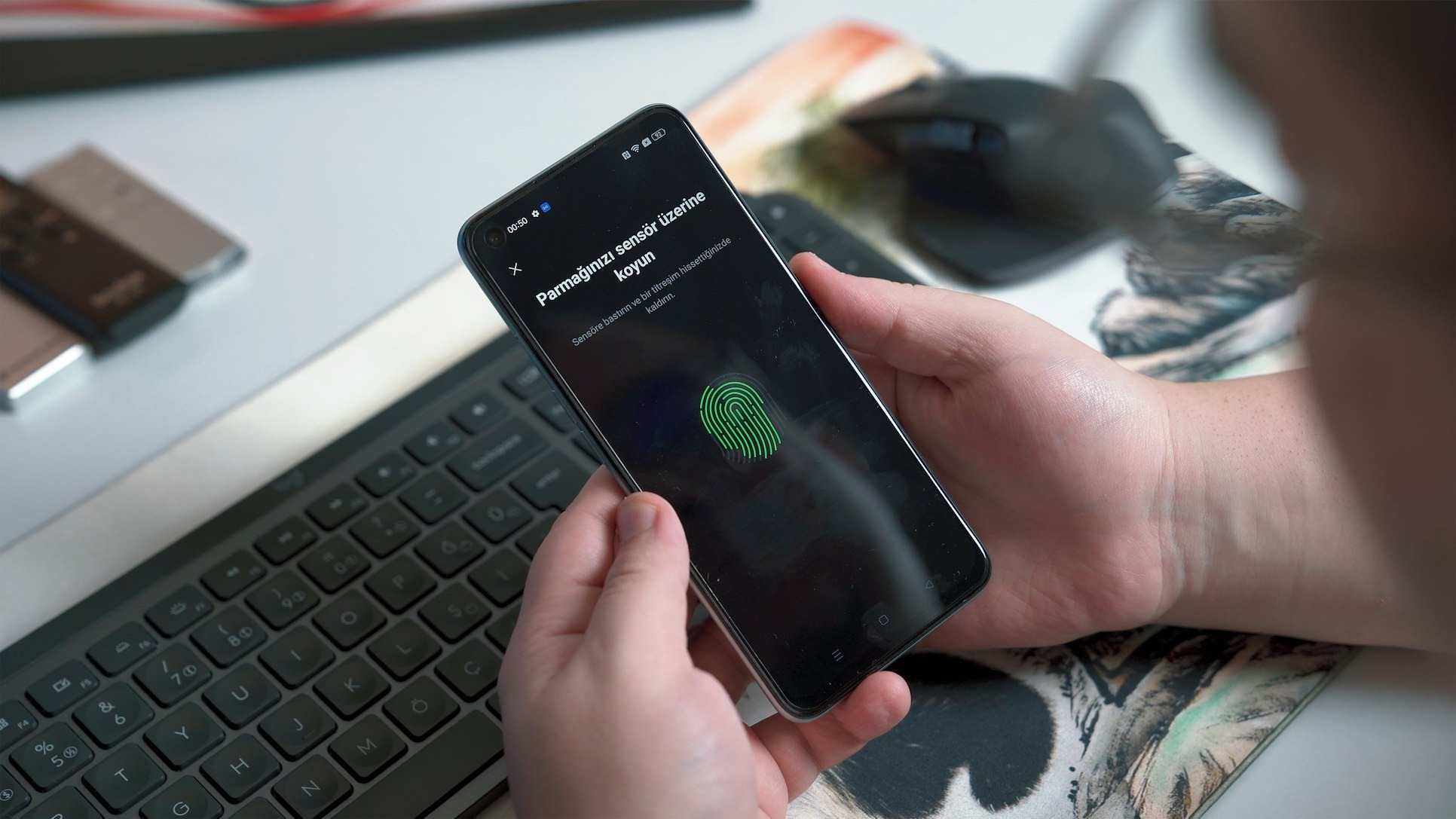In case you haven’t heard it yet, here’s something you should know – the future of digital identity verification will be synonymous with biometric verification.
The identity verification process, in general, has evolved a lot in the past few decades. Biometric data, in particular, has proven to be a game-changer in this field.
Biometrics – which are specific biological measurements or physical characteristics – are being widely used to identify individuals. Biometric technology, a $41.08 billion market, is now being used to strengthen the digital ID verification processes across different industries.
From financial institutions to healthcare, biometrics is being used everywhere. In fact, according to AU10TIX, even industries operating within the tourism and gig economy sectors are turning to biometric digital ID verification processes. Hence, it’s safe to say that if it already isn’t, biometric verification will soon become synonymous with digital ID verification.
Of course, as is the case with every piece of modern tech, biometric technology too must evolve. After all, this market expects to bring in over $31 billion in revenue by 2030. For that, in the not-so-distant future, we’ll see a set of new biometrics being used for ID verification processes.
Here are three such biometrics that will become the future of digital identity verification.
#1 Gait Biometrics
People can tell a lot about you from the way you walk.
Do you walk upright, your spine straight? Perhaps you were in the military or have extremely good posture. Do you tend to limp? Maybe you suffered an injury at some point in your life, forcing you to walk in that manner.
It turns out that if you feed data regarding how you walk to an AI, it can tell whether or not it’s you. This is exactly how gait biometrics works – using visual data from your walking style and pattern.
In essence, gait recognition is a behavioral biometric (more on behavioral biometrics later). Gait analysis has multiple components including videotaped assessments of joint angles, velocities, joint movements, etc. Gait biometrics is usually perfect for verifying the identity of someone without direct contact and from a long distance.
#2 Behavioral Biometrics
Behavioral biometrics can encompass a lot of things when it comes to the digital identity verification process. The system will receive, scan, and analyze multiple data points, most of which are non-physical. In short, these biometrics take into account a user’s digital interactions.
For instance, let’s think of a system where you have put your signature on a digital screen. Now normally, the signature itself would be analyzed to see if you are who you say you are. However, when you have behavioral biometrics in place to prevent fraud, something else is taken into account.
Here, the system can see how you use the digital pen when signing on the screen. It will note where you start and finish, how much pressure you apply on the screen, and so on. Any discrepancy in such actions would flag you as a fraud. Of course, the system in place will have you do multiple iterations of signing on the screen. This is just to get a good reading of your behavior as you approach the signature.
#3 Ear Shape Recognition
Isn’t it amazing just how many unique features the human body has? Just the face alone has several distinctive features that vary from person to person. Thus, we also have something called ear-shape biometric recognition.
Ear shape recognition is emerging as a reliable method for digital identity verification. This biometric ID verification method leverages the unique anatomical structure of an individual’s ear.
Each person's ear has distinct features, including shape, size, and contours, which remain relatively unchanged over time. These characteristics make ear shape a stable biometric identifier, reducing the likelihood of false matches and ensuring a high level of security.
Advancements in image processing and machine learning have significantly improved the accuracy and efficiency of ear shape recognition systems. High-resolution cameras and sophisticated algorithms can capture and analyze the minutiae of ear structures quickly and precisely.
This technology can be seamlessly integrated into various devices, including smartphones and security systems, offering a non-intrusive and user-friendly approach to identity verification.
The Future of Biometrics
A revolution in biometric ID verification – led by the three biometric trends listed above – will soon be upon us. As risks within our digital space continue to grow bigger, the need for such advanced ID verification methods becomes a vital necessity.
Hence, as these biometric digital identity verification methods become mainstream, we must embrace them accordingly. Whether it be at airports or banks, the advantages these biometrics can provide in enhancing our digital security are immense.






